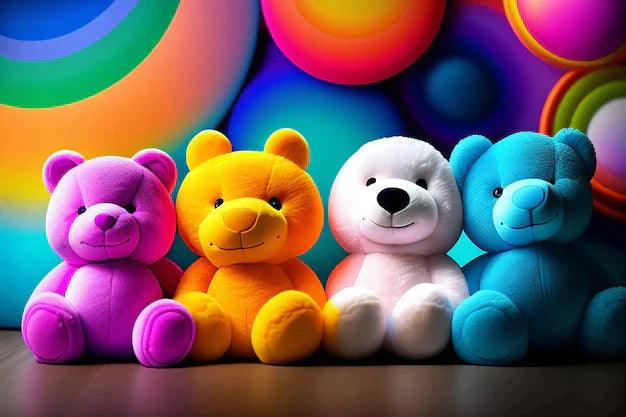When it comes to choosing toys for your baby, safety should always be a top priority. Babies explore the world around them by putting things in their mouths, so it's crucial to select toys that are safe and age-appropriate. Here are some helpful tips to keep in mind when choosing the safest toys for your little one:
1. Consider the Age Recommendation
Always check the age recommendation on the toy packaging. Manufacturers design toys with specific age groups in mind, taking into account safety standards and developmental milestones. Choose toys that are suitable for your baby's age to ensure they are developmentally appropriate and safe for use.
2. Look for Non-Toxic Materials
Ensure that the toys you select are made from non-toxic materials. Babies have a tendency to chew and suck on toys, so it's essential to avoid toys that contain harmful substances such as lead or phthalates. Look for toys labeled as BPA-free, PVC-free, and made with child-safe materials.
3. Check for Small Parts
Inspect toys carefully for small parts that could pose a choking hazard. Avoid toys with detachable or easily breakable parts that could be swallowed by your baby. If a toy includes small accessories, make sure they are securely attached and cannot be easily removed.
4. Ensure Sturdy Construction
Choose toys that are well-constructed and durable. Babies can be rough with their toys, so it's important to select ones that can withstand their playtime activities. Avoid toys that have sharp edges, loose parts, or easily breakable components that could cause injury.
5. Consider Toy Size
Opt for toys that are appropriately sized for your baby. Avoid toys that are too small and could be swallowed or lodged in your baby's throat. On the other hand, toys that are too large or heavy may be difficult for your baby to handle and could cause harm if accidentally dropped.
6. Pay Attention to Noise Levels
Excessive noise can be harmful to your baby's delicate ears. Choose toys that produce soft and pleasant sounds, rather than toys that are excessively loud or have sudden, jarring noises. If a toy has adjustable volume settings, keep it on the lower end to protect your baby's hearing.
7. Consider the Weight
Ensure that the toys you select are lightweight and easy for your baby to hold and manipulate. Heavy toys can be difficult for young infants to handle and may increase the risk of accidents or injury.
8. Follow Safety Standards and Regulations
Look for toys that meet recognized safety standards and regulations. Toys that meet these standards will typically have a label indicating their compliance. Examples of safety standards include ASTM F963 for toy safety and CPSC guidelines for children's products in the United States.
9. Check for Recalls
Regularly check for toy recalls to ensure that the toys you choose have not been deemed unsafe. Manufacturers occasionally recall toys due to design flaws, manufacturing defects, or safety concerns. Stay updated with the latest information from the Consumer Product Safety Commission (CPSC) or relevant regulatory authorities in your country.
10. Supervise Playtime
Even with safe toys, it's important to supervise your baby during playtime. Be attentive and ensure your baby is using the toys as intended. Regularly inspect toys for wear and tear, and discard any damaged or broken toys immediately.
By following these tips, you can make informed decisions and choose toys that prioritize your baby's safety. Remember, safe and appropriate toys contribute to a positive and healthy playtime experience for your little one.










